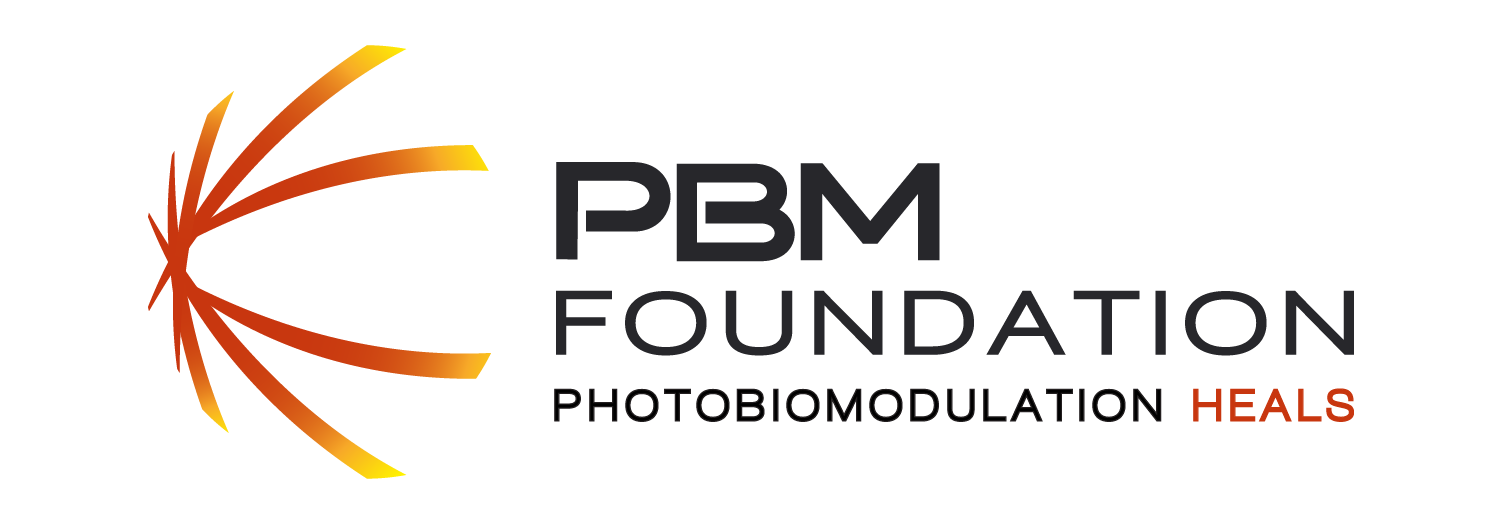NASA Research Illuminates Medical Uses of Light
Can light help a wound heal faster? Alleviate pain? Prevent loss of eyesight?
Although decades of studies indicate it can – including extensive research funded by NASA – the mounting evidence hasn’t always drawn the attention that might be expected for such a striking discovery.
This may be because the science behind it hasn’t been well understood. For example, although a Danish physician received a Nobel Prize in 1903 for discovering that exposure to concentrated red light accelerated the healing of sores, he remained reluctant to put it into practice without understanding why it worked.
A larger barrier to acceptance, though, has probably been that it simply sounds unbelievable.
In a 1989 paper about the health benefits of low-powered laser light, biophysicist Tiina Karu noted that the treatment appeared “highly incredible and even mysterious.” What’s more, she wrote, its effectiveness against many different ailments only added to doubts by creating the appearance of a proverbial snake-oil panacea.
Read more from the NASA Technology Transfer Program.»

